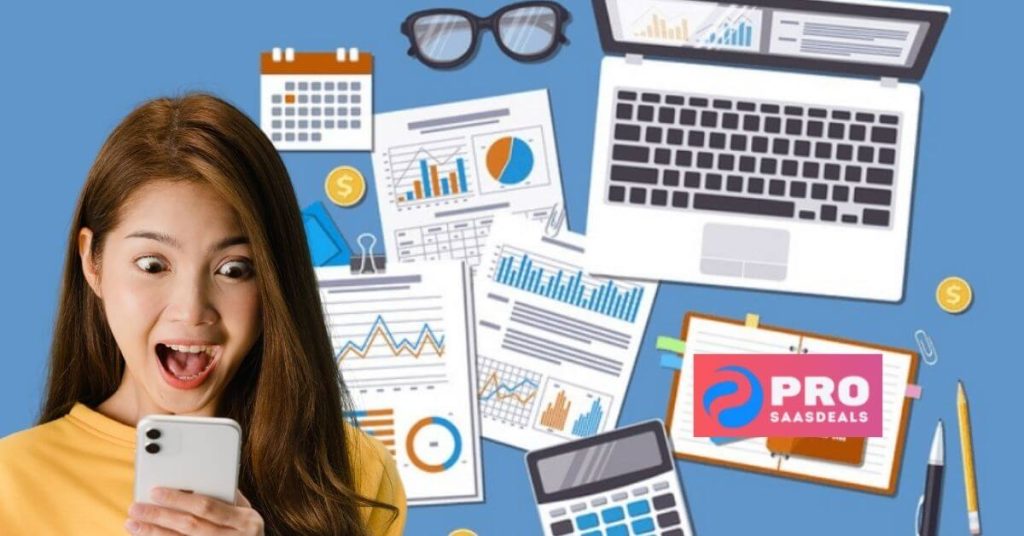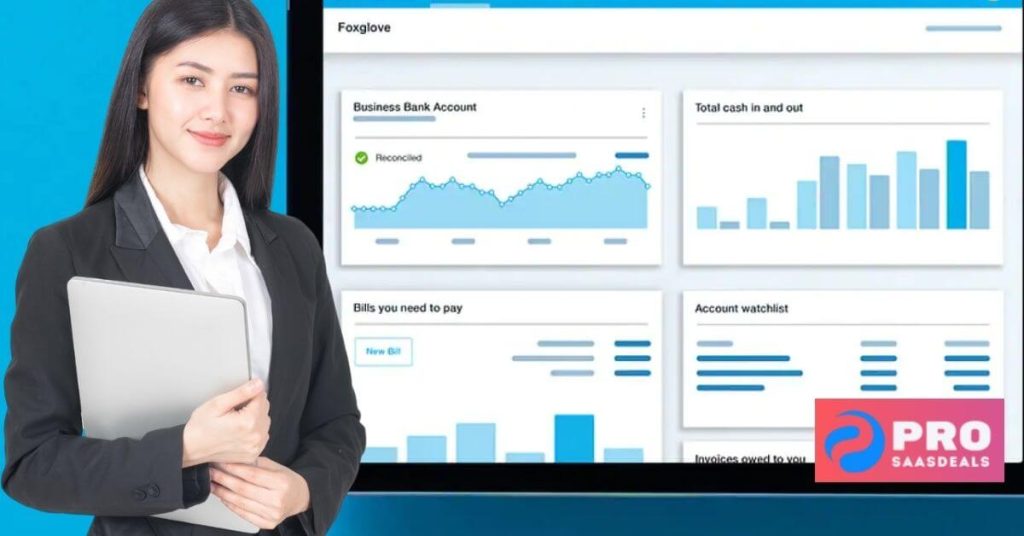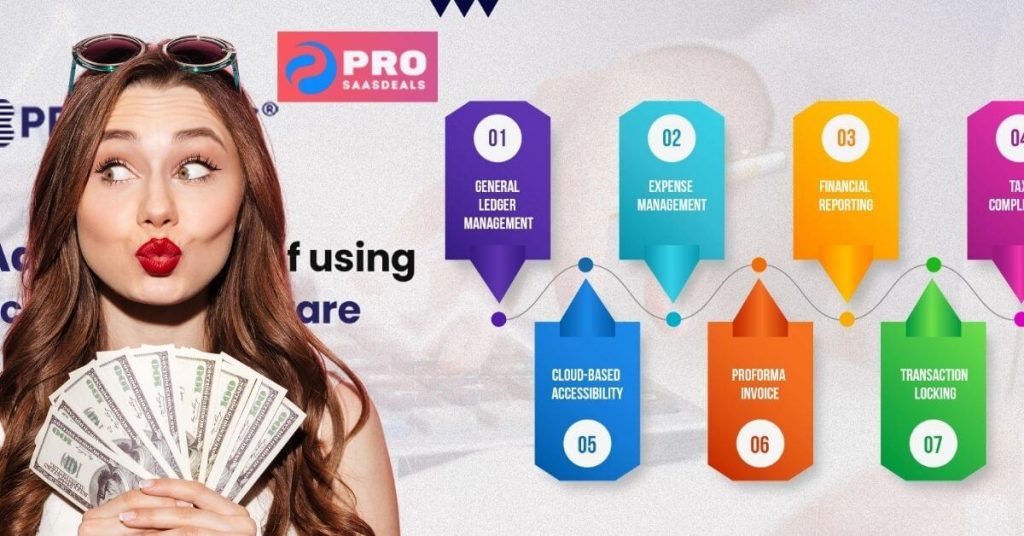Using accounting software can streamline your business finances. It simplifies tracking income and expenses.
Are you ready to manage your finances like a pro? Accounting software makes it easier than ever. It helps in recording transactions, generating reports, and managing invoices. With these tools, you save time and reduce errors. Whether you are a small business owner or a freelancer, understanding how to use accounting software is crucial.
This guide will walk you through the basics. From setting up your account to using advanced features, you’ll learn it all. So, let’s dive in and discover how you can make the most of your accounting software.
Choosing The Right Software
Choosing the right accounting software can seem like a daunting task. There are many options available, each with its own set of features and benefits. The key is to find a solution that fits your business needs and budget. Below, we’ll help you make an informed decision by assessing business needs and comparing features and costs.
Assessing Business Needs
Before selecting accounting software, it’s crucial to assess your business needs. Consider the following:
- Business Size: Small businesses have different needs than large enterprises.
- Industry: Some software caters to specific industries, such as retail or manufacturing.
- User Count: Determine how many users will need access to the software.
- Features: Identify the essential features required, like invoicing, payroll, and inventory management.
By understanding your specific needs, you can narrow down your options and choose software that will best support your operations.
Comparing Features And Costs
Once you have a list of potential software, compare their features and costs. Here’s a simple table to help you evaluate:
| Software | Features | Cost |
|---|---|---|
| Software A | Invoicing, Payroll, Inventory | $20/month |
| Software B | Invoicing, Expense Tracking | $15/month |
| Software C | Payroll, Inventory, Tax Filing | $25/month |
Look at the features each software offers and match them to your business needs. Also, consider the cost and ensure it fits within your budget. Sometimes, paying a bit more for essential features can save money and time in the long run.
By carefully evaluating these factors, you can make a well-informed decision and choose the right accounting software for your business.

Installation And Setup
Installing and setting up accounting software can feel overwhelming. But breaking it down into smaller steps makes it manageable. This guide covers the installation and setup process. Follow these steps to get your software up and running quickly.
System Requirements
Before installing your accounting software, check the system requirements. These are the minimum specifications your computer needs.
| Complete Information Available on the Product Page |
| Requirement | Specification |
|---|---|
| Operating System | Windows 10 or macOS 10.15 |
| Processor | 1.5 GHz or faster |
| RAM | 4 GB or more |
| Hard Disk Space | 2 GB available |
Ensure your computer meets these requirements. This will avoid potential issues during installation.
Initial Configuration
Once you’ve installed the software, it’s time for the initial configuration. Follow these steps to set up your software:
- Open the software and select your preferred language.
- Create a new company file. Enter your business details.
- Set up your financial year. This is important for accurate reports.
- Add your bank accounts. This helps in tracking transactions.
- Configure user permissions. Only allow access to trusted users.
After these steps, your accounting software will be ready to use. You can now start entering transactions and generating reports.
Navigating The Interface
Using accounting software can simplify your business finances. One key step is learning to navigate the interface. This is where you will manage most of your tasks. Let’s break it down into two main parts: the dashboard overview and customizing the layout.
Dashboard Overview
The dashboard is the first screen you see. It provides a summary of your financial data. You will see your income, expenses, and other key metrics. Look for charts and graphs that show your financial health. These visual aids make it easy to understand your business performance at a glance.
Most dashboards have quick access to common features. These might include invoicing, expense tracking, and report generation. Spend some time exploring these features. The more familiar you are, the easier it will be to manage your finances.
Customizing Layout
Customizing the layout can improve your workflow. Many accounting software programs allow you to change the dashboard layout. This means you can move, add, or remove widgets and sections.
Start by identifying the most important data for your business. Then, rearrange the dashboard to highlight this information. This saves you time and helps you focus on what matters most.
Some software also lets you create custom reports. These reports can be tailored to show specific data points. This level of customization ensures you have the information you need, when you need it.
Managing Accounts
Managing accounts is a vital part of using accounting software. It ensures your financial data is organized and accessible. Let’s explore key aspects like setting up your chart of accounts and linking your bank accounts.
Setting Up Chart Of Accounts
The chart of accounts is the backbone of your accounting system. It lists all accounts you use to record transactions. Setting it up correctly saves you time and confusion.
Follow these steps to set up your chart of accounts:
- Define account categories: Start with broad categories. Examples: Assets, Liabilities, Equity, Revenue, and Expenses.
- Create sub-accounts: Add specific accounts under each category. For instance, under Assets, you might have Cash, Accounts Receivable, and Inventory.
- Assign account numbers: Use a numbering system to keep accounts organized. Example: 1000 for Assets, 2000 for Liabilities.
- Review and adjust: Periodically review your chart of accounts. Make adjustments as your business changes.
Linking Bank Accounts
Linking your bank accounts to your accounting software simplifies transaction tracking. It ensures accuracy and saves time.
Here’s how to link your bank accounts:
- Navigate to the banking section: Find the banking or accounts section in your software.
- Select your bank: Choose your bank from the list of supported banks.
- Enter your credentials: Provide your online banking username and password.
- Authorize access: Grant permission for your software to access your bank data.
- Match transactions: Regularly check and match bank transactions in your software.
Linking your bank accounts helps automate data entry. It also ensures all transactions are captured correctly.
Recording Transactions
Recording transactions is a key part of using accounting software. Accurate records help you track your business’s financial health. This guide will show you how to enter sales, purchases, expenses, and incomes.
Entering Sales And Purchases
Begin by entering sales. Open your software and go to the sales section. Click on ‘New Sale’ and fill in the details. Include the date, customer name, and amount. Save the entry.
Next, enter purchases. Go to the purchases section. Click on ‘New Purchase’. Fill in the details, such as the supplier name, date, and amount. Save this entry too.
Handling Expenses And Incomes
To record expenses, go to the expenses section. Click ‘Add Expense’ and enter the date, description, and amount. Choose the correct expense category. Save the entry.
Recording income is similar. Go to the incomes section. Click ‘Add Income’ and fill in the date, source, and amount. Choose the right income category. Save the entry.
Here is a simple table to summarize the steps:
| Action | Steps |
|---|---|
| Enter Sales | Go to Sales > New Sale > Fill Details > Save |
| Enter Purchases | Go to Purchases > New Purchase > Fill Details > Save |
| Enter Expenses | Go to Expenses > Add Expense > Fill Details > Save |
| Enter Incomes | Go to Incomes > Add Income > Fill Details > Save |
Recording transactions regularly ensures your financial data stays accurate. This helps in better financial planning and decision making.

Generating Reports
Understanding how to generate reports in accounting software is key. Reports help you track financial health, detect trends, and make informed decisions. This section explains how to generate financial statements and custom reports.
Financial Statements
Financial statements are essential for any business. These include the balance sheet, income statement, and cash flow statement. To generate these reports:
- Navigate to the “Reports” section in your software.
- Select the desired report type, such as balance sheet.
- Choose the date range and other filters.
- Click “Generate” or “Run Report”.
The balance sheet shows your assets, liabilities, and equity. The income statement details your revenues and expenses. The cash flow statement tracks the cash coming in and going out.
Custom Reports
Sometimes, you need reports tailored to specific needs. Custom reports allow you to select specific data points. Follow these steps:
- Go to the “Reports” section.
- Click on “Custom Reports” or similar option.
- Select the data fields you want to include.
- Apply filters to narrow down the information.
- Save the template for future use, if needed.
Custom reports can include sales by product, expenses by category, or any other data. They help you see the information that matters most to your business.
Integrating With Other Tools
Integrating your accounting software with other tools can streamline your business processes. It saves time and reduces errors. You can connect various tools to your accounting software. This enhances efficiency and ensures data consistency across platforms. Below, we discuss two important integrations: CRM and Payroll.
Crm Integration
Integrating your accounting software with a Customer Relationship Management (CRM) tool is crucial. This integration helps you manage customer data effectively. You can track sales and monitor customer interactions in one place. It also ensures your financial data stays up-to-date. Synchronize invoices, payments, and other transactions effortlessly. This provides a clear view of your financial health. It simplifies reporting and analysis.
Complete Information Available on the Product Page
Payroll Integration
Payroll integration with your accounting software is equally important. This integration ensures accurate and timely salary payments. It automates tax calculations and deductions. Employee records are kept in sync, reducing manual entry. Generate payroll reports quickly. Stay compliant with regulations. This integration also helps with financial planning. It provides insights into labor costs and budgeting. Simplify your payroll process and maintain accuracy.

Ensuring Data Security
Using accounting software is convenient and efficient. But ensuring data security is crucial. Financial data is sensitive. Unauthorized access can lead to major issues. Protecting your data should be a top priority. Here are some steps to enhance your accounting software’s security.
Regular Backups
Regular backups are essential. They safeguard your data. If a system failure occurs, you can restore your information. Schedule automatic backups daily. Manual backups are also an option. Always store backups in a secure location. Cloud storage is a good choice. It offers easy access and high security.
User Permissions
User permissions control who can access your data. Assign roles based on job functions. Not everyone needs full access. Limit permissions to necessary tasks. For example, an accountant may need access to financial records. But an intern might only need to view certain reports. This minimizes risk.
- Define user roles clearly
- Set up multi-factor authentication
- Regularly review and update permissions
Below is a table summarizing key steps for data security:
| Step | Description |
|---|---|
| Regular Backups | Schedule automatic and manual backups daily |
| Secure Storage | Use cloud storage for backups |
| User Permissions | Assign roles and limit access |
| Multi-factor Authentication | Enhance login security |
Frequently Asked Questions
What Is Accounting Software Used For?
Accounting software is used to manage financial transactions. It helps track income, expenses, and generate reports. Businesses use it for financial analysis and tax preparation.
How Do You Set Up Accounting Software?
Setting up accounting software involves installing the program, entering company details, and configuring financial settings. Follow the step-by-step guide provided by the software.
Can Accounting Software Integrate With Other Tools?
Yes, many accounting software can integrate with other tools. Common integrations include CRM systems, payment gateways, and inventory management software.
How Secure Is Accounting Software?
Accounting software is generally secure. It uses encryption and other security measures to protect financial data. Regular updates and strong passwords enhance security.
Conclusion
Using accounting software doesn’t have to be difficult. Start with basic features. Practice consistently. This will help you understand and use the software better. Stay organized and keep learning. Your business finances will run smoothly. With a bit of effort, you’ll handle accounting tasks easily.
Remember, patience and practice make perfect. Happy accounting!

